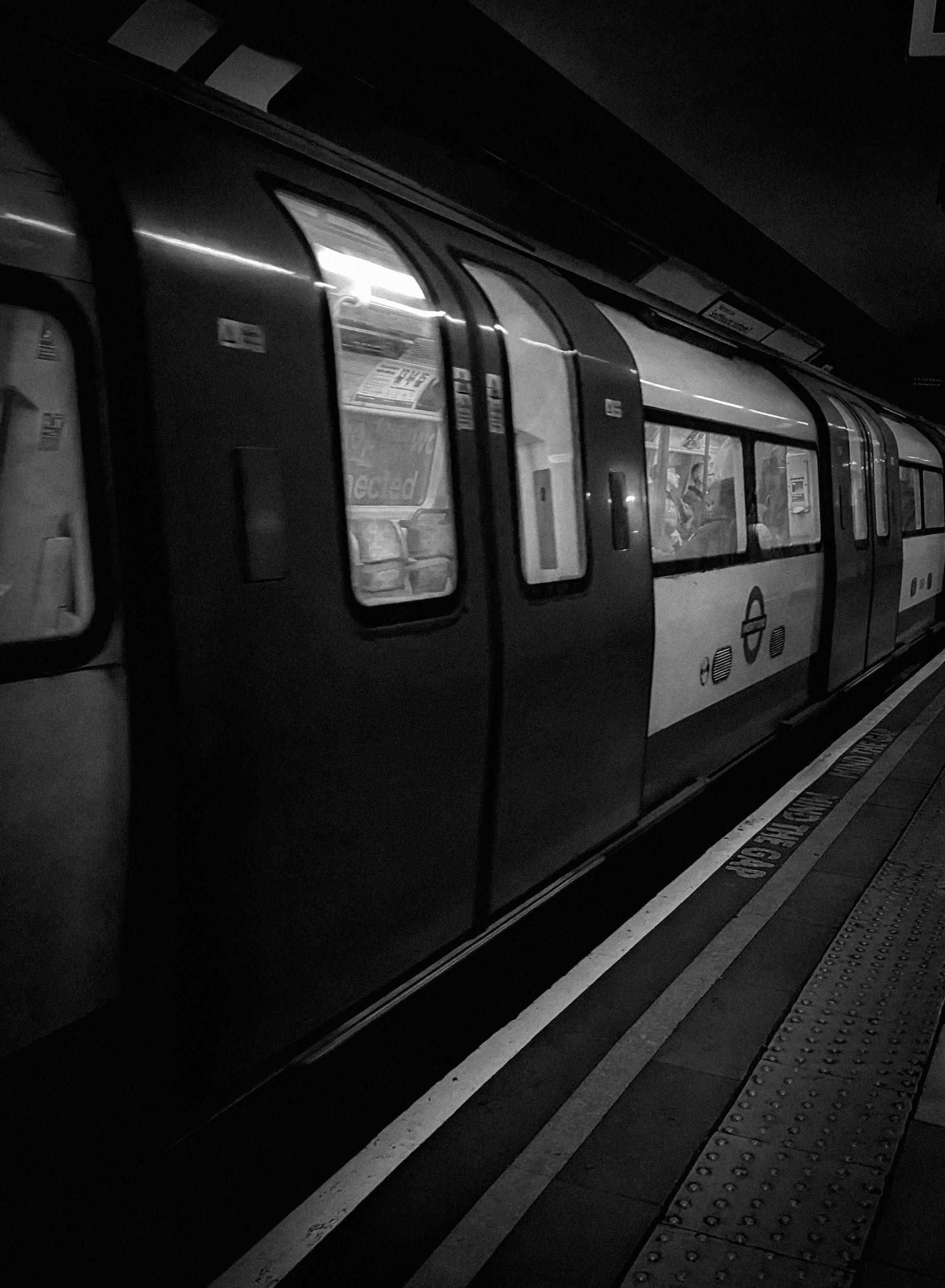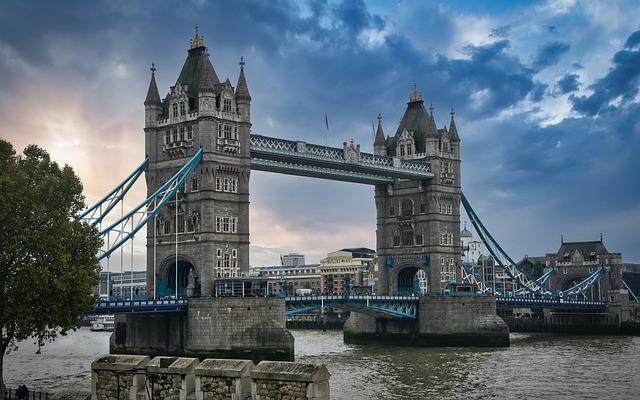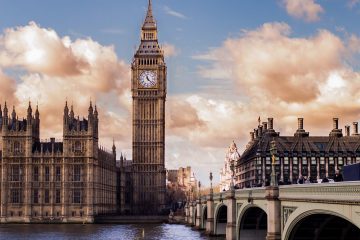Navigating the bustling metropolis of London can be quite a thrilling adventure for both locals and tourists alike. One integral tool that serves as a guiding light in this expansive city is the iconic London Underground map. With its intricate web of colorful lines and symbols, the London Underground map is more than just a navigational aid; it’s a symbol of the city’s rich history, vibrant culture, and unparalleled connectivity. Join us as we dive into the fascinating world of the London Underground map, uncovering its secrets, stories, and the magic that lies within its seemingly simple design.
Table of Contents
- Understanding the London Underground Map
- Navigating London Like a Local: Tips and Tricks
- Uncovering Hidden Gems Using the Tube Map
- Optimizing Your Journey: Strategic Route Planning
- Enhancing Your London Experience with the Tube Map
- Q&A
- Key Takeaways


Understanding the London Underground Map
One of the most iconic transportation systems in the world, the London Underground map is a fascinating labyrinth of colorful lines and intricate connections that weave beneath the bustling streets of the British capital. Navigating this web of tunnels can be both an adventure and a challenge for locals and tourists alike, making it essential to grasp the nuances of this intricate network.Key Points to Understand:
- Color-Coding: Each line on the London Underground map is distinguished by a unique color, aiding passengers in swiftly identifying their route.
- Interchanges: Stations where passengers can switch between different lines are crucial points to note, allowing for seamless transfers across the network.
- Zone System: The map delves into London’s zoning system, which determines fares based on the distance traveled, providing insight into cost-effective travel options.
| Station | Zone | Connections |
|---|---|---|
| King’s Cross St. Pancras | 1 | Northern, Piccadilly, Circle, Hammersmith & City, Metropolitan, Victoria lines |
To further enhance your London Tube experience, consider avoiding rush hours when possible. Peak times, typically between 7:30-9:30 am and 5-7 pm, can get incredibly crowded, leading to a less-than-pleasant journey. Opting for off-peak hours can not only make your commute more comfortable but also allow you to appreciate the city’s beauty without the hustle and bustle. With these simple tips, you’ll be seamlessly navigating London’s underground like a pro in no time!
Uncovering Hidden Gems Using the Tube Map
Discovering London’s hidden treasures can be as simple as following the colorful threads of the iconic Tube map. Navigate through the labyrinthine network of underground tunnels, and you might stumble upon quaint cafes tucked away in the heart of the city, or vibrant street markets brimming with local delicacies. Each stop on the map holds a promise of an adventure waiting to be uncovered.Imagine wandering through the bustling streets of Camden Town, known for its eclectic mix of shops and vibrant music scene. Or perhaps getting off at Covent Garden to immerse yourself in a world of street performers and artisanal crafts. The London Underground map not only serves as a guide to transport but also as a portal to a myriad of experiences that lie hidden just beneath the surface of this bustling metropolis. Let the Tube map be your passport to exploration, leading you to the undiscovered gems that make London truly unforgettable.

Optimizing Your Journey: Strategic Route Planning
Planning your journey on the London Underground can be a daunting task, but with the right strategies in place, it can become a seamless experience. To optimize your travel route effectively, consider the following tips:- **Time of Travel**: Avoid peak hours to minimize crowds and ensure a more comfortable journey.
- **Interchange Stations**: Identify key interchange stations to plan efficient transfers between lines.
- **Alternate Routes**: Discover alternative routes to avoid disruptions or delays on your journey.
When navigating the intricate network of the London Tube, having a clear understanding of the different lines and stations is crucial. Make use of interactive maps and online resources to familiarize yourself with the system and make informed decisions about your route. By incorporating these strategic planning techniques into your travel routine, you can enhance your experience on the London Underground and make your commute more efficient and enjoyable.
| Station | Line |
|---|---|
| King’s Cross St. Pancras | Circle, Hammersmith & City, Metropolitan, Northern, Piccadilly, Victoria |
| Bank | Central, Waterloo & City, Northern |
| Paddington | Bakerloo, Circle, District, Hammersmith & City |


Enhancing Your London Experience with the Tube Map
London’s intricate web of underground tunnels hides a treasure trove of adventures waiting to be discovered. Navigating this bustling metropolis becomes a breeze with the iconic Tube Map as your trusty guide. Whether you’re a seasoned Londoner or a first-time visitor, unlocking the secrets of the city is just a journey away.Uncover Hidden Gems: From historic landmarks to vibrant markets, the Tube Map unveils a tapestry of attractions across London’s diverse neighborhoods. Embark on a gastronomic journey in Borough Market, marvel at the majesty of Buckingham Palace, or immerse yourself in the cultural richness of the British Museum. With the Tube Map in hand, every destination is within arm’s reach.
| Station | Attraction |
|---|---|
| Westminster | Houses of Parliament |
| Covent Garden | Royal Opera House |
| Green Park | Green Park |
Efficient Travel: Say goodbye to navigating confusing bus routes or hailing taxis in the rain. The Tube Map not only simplifies your journey but also saves you precious time exploring the heart of London. Whether you’re heading to a theater show in the West End, shopping in Oxford Street, or strolling along the serene banks of the Thames, the London Underground ensures you arrive at your destination with ease.
Q&A
Q: Why is the London Underground map considered an iconic design?A: The London Underground map is celebrated for its iconic and revolutionary design that simplifies the complex network of tube lines into an easily understandable visual representation.
Q: How has the London Underground map evolved over the years?
A: The London Underground map has undergone several transformations since its inception in 1908, with designers incorporating new features, colors, and symbols to enhance clarity and usability for passengers.
Q: What makes the London Underground map user-friendly for commuters and tourists alike?
A: The London Underground map’s organized layout, color-coded lines, and clear station markers make navigating the vast transportation system a breeze for both seasoned commuters and first-time visitors exploring the city.
Q: Are there any interesting facts or hidden details about the London Underground map?
A: One fascinating aspect of the London Underground map is how it distorts geographical accuracy to prioritize readability and simplicity, creating a unique and iconic representation of the city’s transit network.
Q: How can travelers make the most of the London Underground map during their visit to the city?
A: Travelers can maximize their experience with the London Underground map by familiarizing themselves with key interchange stations, planning their routes in advance, and utilizing digital apps for real-time updates and assistance while navigating the bustling metropolis of London.





0 Comments